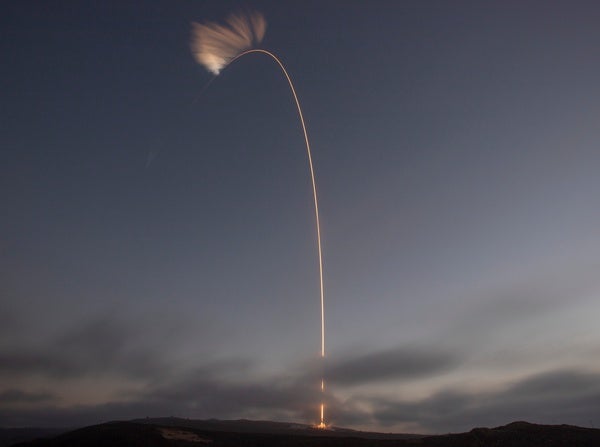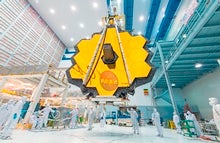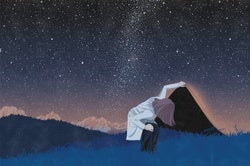 |
| December 01, 2022 |
Dear Reader,
For those of you in the U.S., welcome back after a hopefully restful Thanksgiving holiday. For everyone elsewhere, apologies for last week's intermission in our newsletter-based shared journey through spacetime. This week, we're back up to speed with a fresh crop of news. Our lead story covers the latest front in an ongoing battle over the sanctity of the night sky, with a new U.S. government report urging closer regulatory scrutiny of astronomy-scuttling light pollution from satellite mega constellations. Can science and commerce co-exist in the heavens above? The answer of course is "yes," but the details of exactly how remain unclear. Other stories this week examine whether our universe might be a hologram, a looming lunar photobomb of Mars, how quantum particles get their spin, the ongoing success of NASA's Artemis I moon mission, the demise of the leap second, and much, much more. Enjoy! |
| |
 |
| |
| |
| |
| |
| |
| |
| |
| |
| |
| |
| |
| |
FROM THE STORE
 | | | |
| |
FROM THE ARCHIVE
 | | What Is Spacetime Really Made Of? Spacetime may emerge from a more fundamental reality. Figuring out how could unlock the most urgent goal in physics—a quantum theory of gravity By Adam Becker | February 2022 | | |
LATEST ISSUES
 |
| |
| Questions? Comments?  | |
| Download the Scientific American App |
| |
| |

























